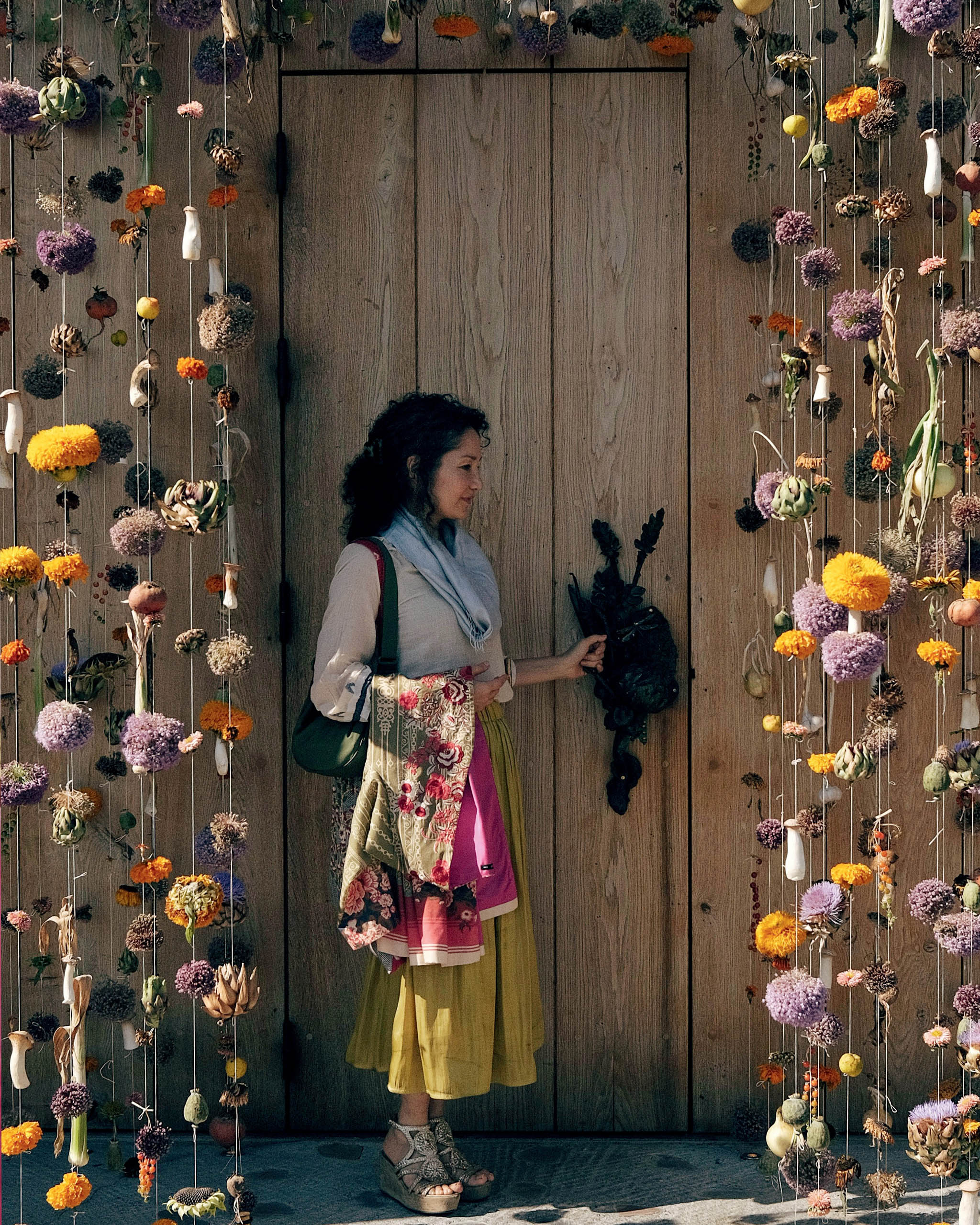Photographs by Kai Delgado Yulo
Karla P. Delgado shares a memorable afternoon from Copenhagen restaurant Noma, highlighted by stories of earth and produce, and a nature-based future.
Artichokes, mushrooms, marigolds, and leeks. Strung up and suspended artfully in the air. Clues into what awaits inside. Walk through this doorway of ingredients into a place like no other.
“Welcome to Noma!” The front-of-house team greets us at the threshold of the kitchen and the dining room of what has been voted the World’s Best Restaurant five times. They are obviously from different ethnic backgrounds, stunning in their diversity, and all looking more or less like they are in their twenties and thirties. The age of my daughter Kai, who is turning 27, and whose birthday we are celebrating.
We are led to our table for two, next to sliding doors that open to the garden. With the freshness of a gentle breeze and a view of wild grass, blue sky, and wilderness. We meet Ming. She is from Sweden and will be one of our guides, explaining ingredients and pairings.
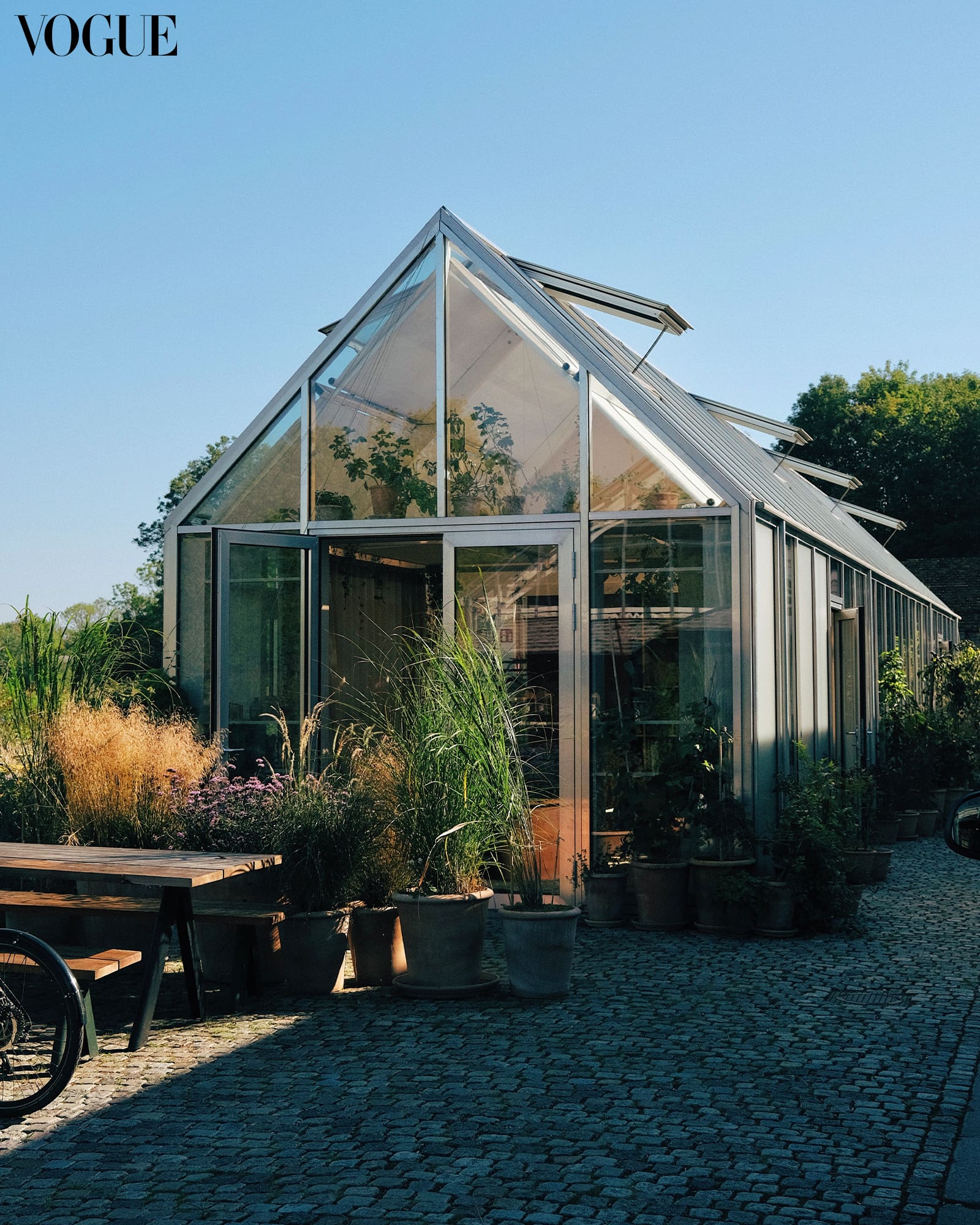
“This sake is made from barley because we don’t grow rice here,” she says. “And it is flavored with jasmine.” A sip has us charmed.
Noma founder Rene Redzepi closed the first Noma and re-opened it in a warehouse district of Copenhagen in 2018. In between the closing and opening, he traveled and brought his teams to Japan, Mexico, and Australia. As far away from their comfort zones as he could think of, so that they would reimagine everthing they did.
The result is Noma 2.0 in this location. Still foraging, still valuing local and seasonal ingredients, but with new knife skills, brewing and fermentation techniques, and flavor inspirations from their travels.
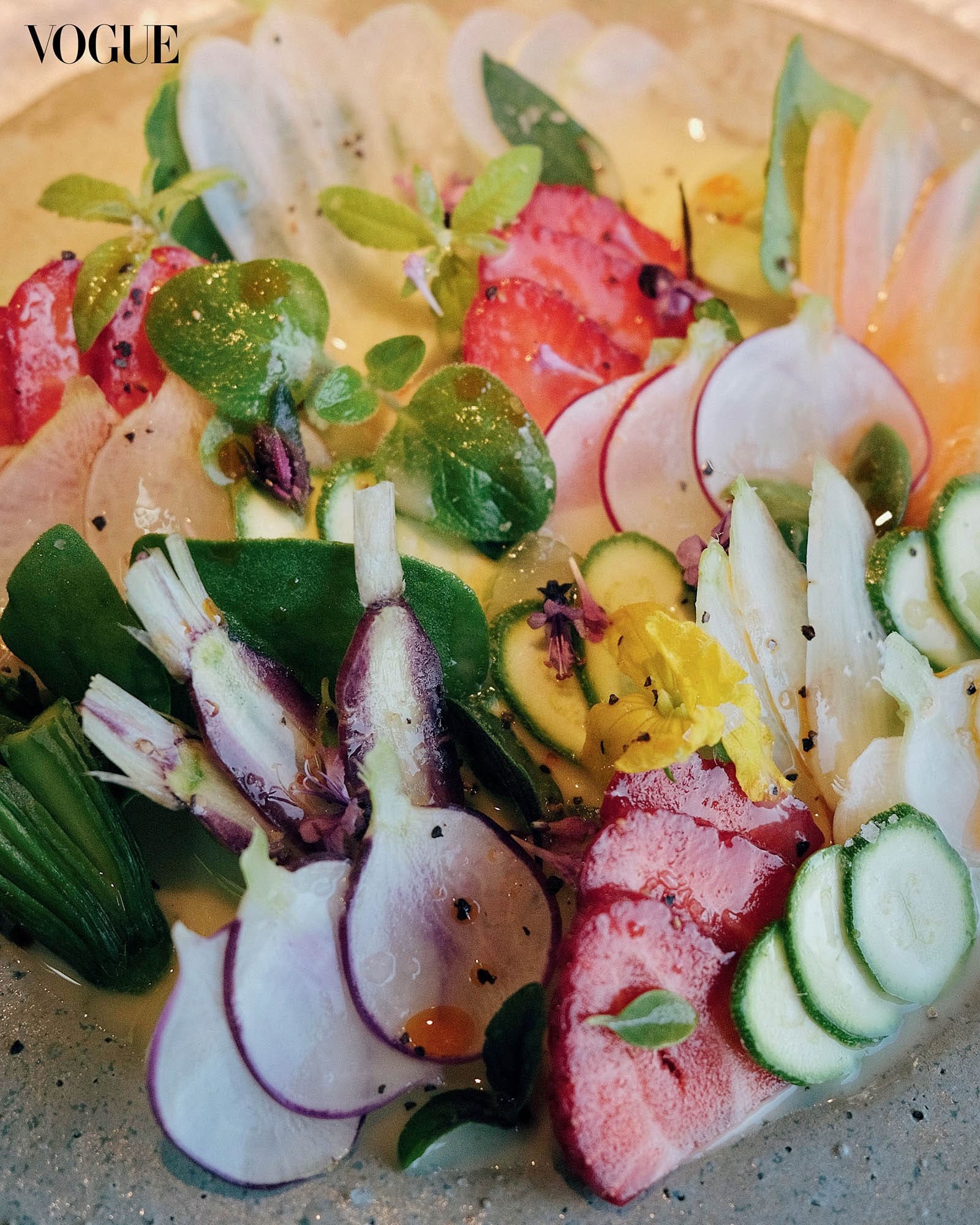

This tasting menu and pairing is a reflection of that. Kai and I opt for a wine pairing (featuring classic wines, natural wines, and sake that we love) and a juice pairing that gives us tastes of tea and juice concoctions like chamomile and white currant that land so delicately on the palette.
Our first dish arrives in a box: King oyster mushroom stem sliced like sashimi, with a dipping sauce of hazelnut milk and elderflower oil. It is paired with a Chardonnay from France and a chilled Chiran Sencha tea from Japan that is bold but not overpowering. We are smitten.

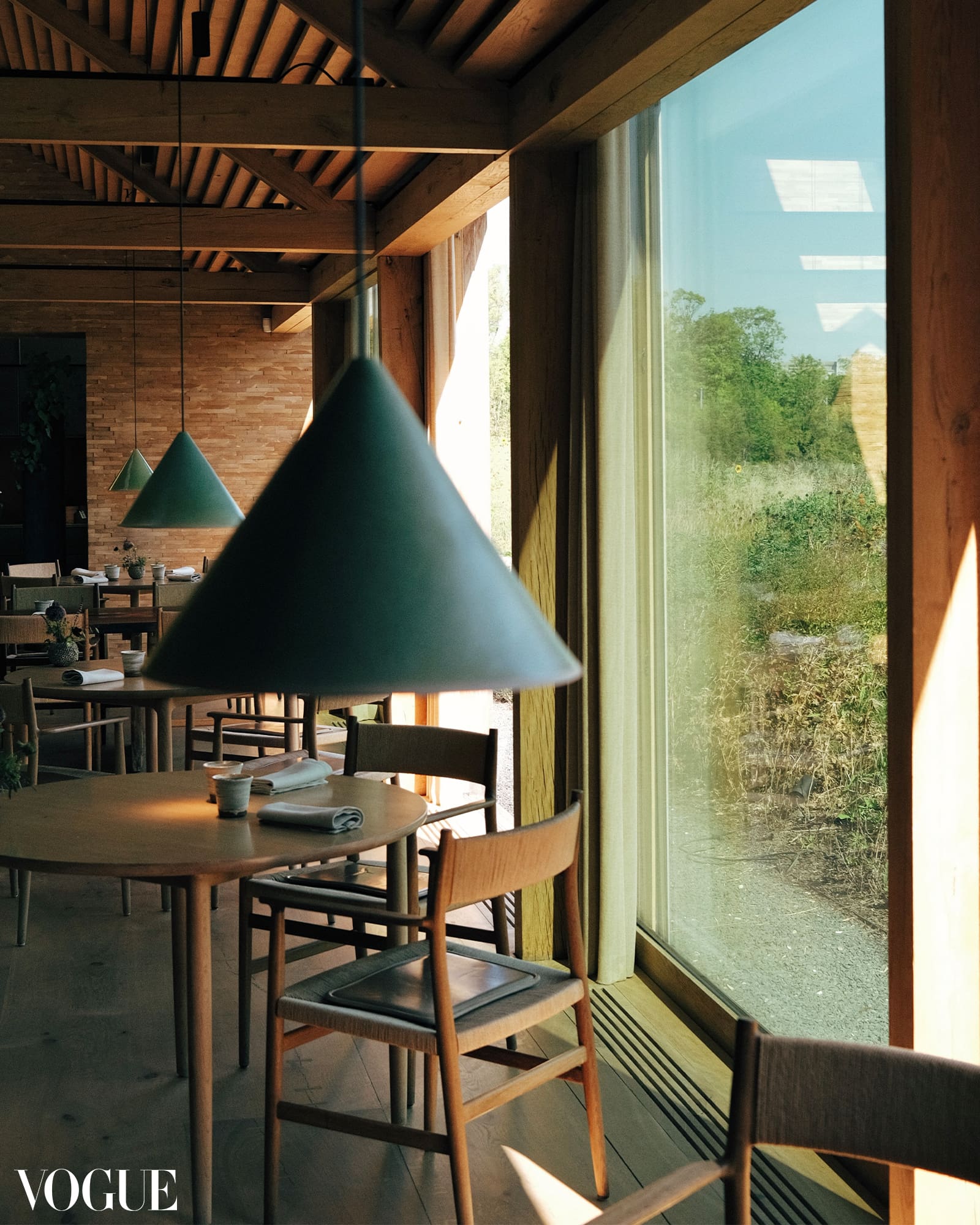
Noma’s Vegetable Season menu turns the three-star Michelin restaurant into a plant-based one in summer. Though I am not vegetarian, I adore vegetables. Especial- ly ones prepared with this much imagination and this nuanced in flavor and texture.
“The produce is the star,” as Kai says. “Nothing is competing on the plate.”
As a grower of organic vegetables and a forager of wild food in the Philippines, this experience shows me what is possible in the realm of the kitchen and food labs. You have someone like Redzepi, who leads his teams with vision, a sense of adventure and openness, respect for technique, organic ingredients, hygiene, and discipline. Noma has teams working on research and development, foraging, and fermentation full-time. They are separate from the team that focuses on lunch and dinner service.
At our table, we get to experience all the elements of the Noma teamwork coming together. The dish begins with eating the petals of a wild rose from the coast of Denmark, foraged by our friend Sunshine. It is followed by a bite into golden beets, finely sliced and sitting atop a cracker flavored with the umami of “peaso,” what they call a fermented paste made with green peas, which are abundant in summer.

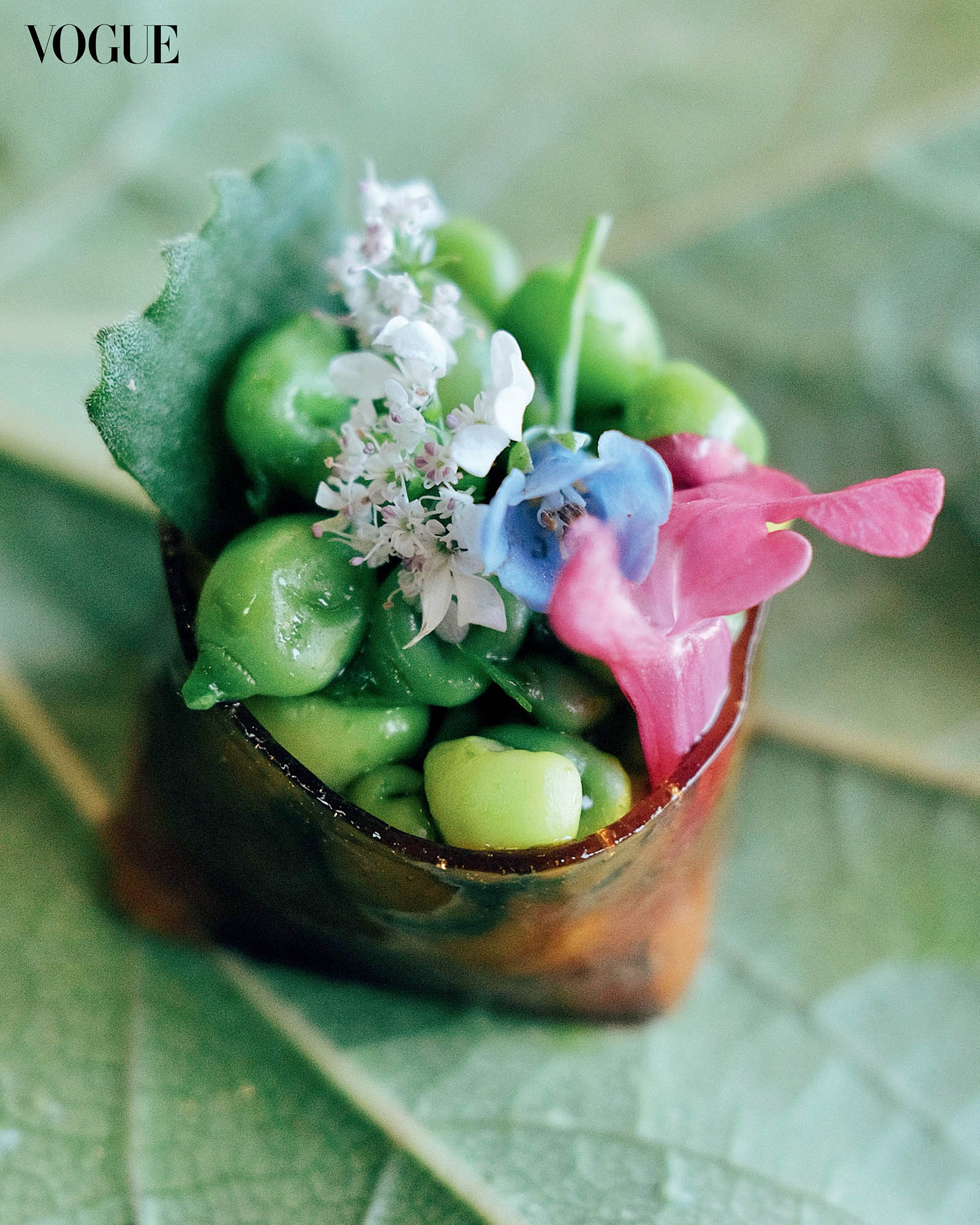
Throughout the meal, we have chefs coming out of the kitchen taking turns explaining the backstory of the dishes. The conversations leave you feeling like you have a deeper connection to the food and drinks and people behind Noma because you hear their personal stories and how these intertwine with the story of the food and of the restaurant itself.
“When you rub the leaves it releases the flower notes,” says Caroline, who is one of the tea and coffee brewers at Noma. She shares what the team picked up in Japan for preparing fresh tea leaves. Half-English and half-Brazilian, Caroline comes from a family of farmers and chose Noma “as a place I could see everything related to agriculture.” Through her we learn that the King Oyster mushroom steak that is the main course is grown by her roommate less than one kilometer away.
Of the 17 dishes in the tasting menu, we highlight our favorites. One of these is a frothy dish of foraged vegetables and herbs, chanterelle mushrooms, and the skin of cooked milk. Noma features touches of dairy when we least expect it. When a vinaigrette might have been expected with the crudités of the day, we have instead a butter and fennel sauce beneath the most tender and thinly sliced baby radishes, baby carrots, baby zucchini, spinach, and the sweetest strawberries. I feel deeply comforted eating these dishes, so reassured by the beauty and purity of the vegetables, as well as by the butter and the milk, in just the right amounts to be warming and grounding.
“We have a produce manager that goes and picks them up every day,” says Ming. “Most of the vegetables are coming from the farm, about 30 kilometers from here.”
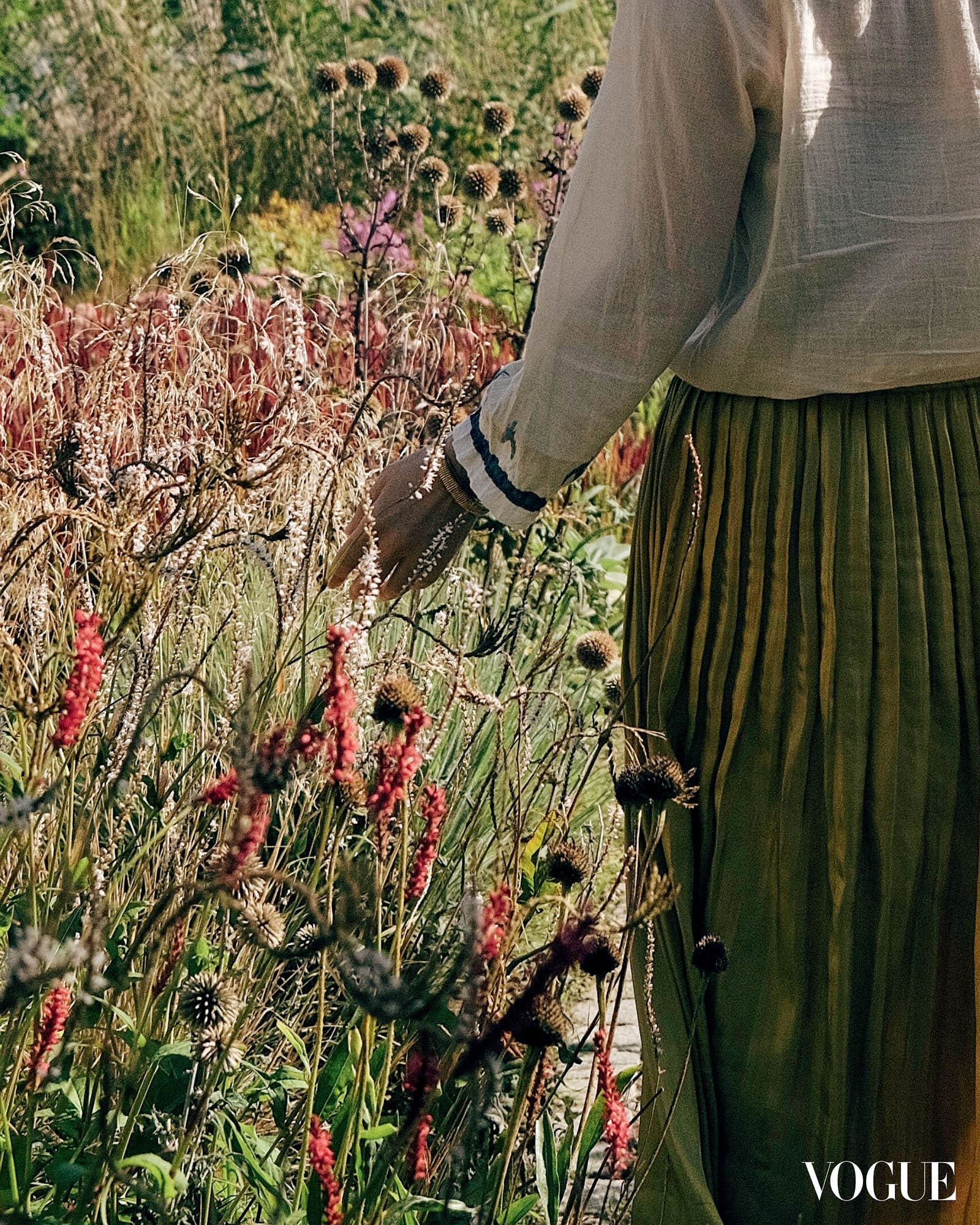
And last but not least are the fruits and flowers that are the stars of summer. We get to eat berries freshly foraged from around Noma. “Try them first on their own, then with the crème anglaise,” she suggests. Blissful both ways.
A flower soup in tomato water is one of our favorites for the sheer gorgeousness of the petals, plus we have never had the pleasure of a flower soup until this light and refreshing one. Noma is also the first place I experience naturally sweet tomatoes, plums, and gooseberries unsullied by the taste of chemicals. Chilled and seasoned only with tomato water and lemon verbena. For me, the joy of eating is taken to another level when organic ingredients are appreciated and celebrated.
Our meal ends with a Magnolia flower dipped in Mexican chocolate, dusted with bergamot and rose. For someone who finds many desserts overpoweringly sweet, this one has just the right balance of bitter, sweet, and heat.
Caroline brews two teas to close the meal, a delicate infusion of cinnamon leaves, and a roasted Koji cha from a natural tea farmer just outside Kyoto. Both are so good. We stand up, our bellies contented, our hearts full from all that has been shared from the generosity of spirit that is part of the Noma culture.
We get a behind-the-scenes tour after lunch. And this is when we begin to connect the dots and understand that ferments are the foundations of flavor at Noma. “A factory of ingredients” is how Caroline describes the fermentation lab, full of giant jars of ferments. “A cornerstone of our cuisine. A defining feature of the flavor of Noma.”
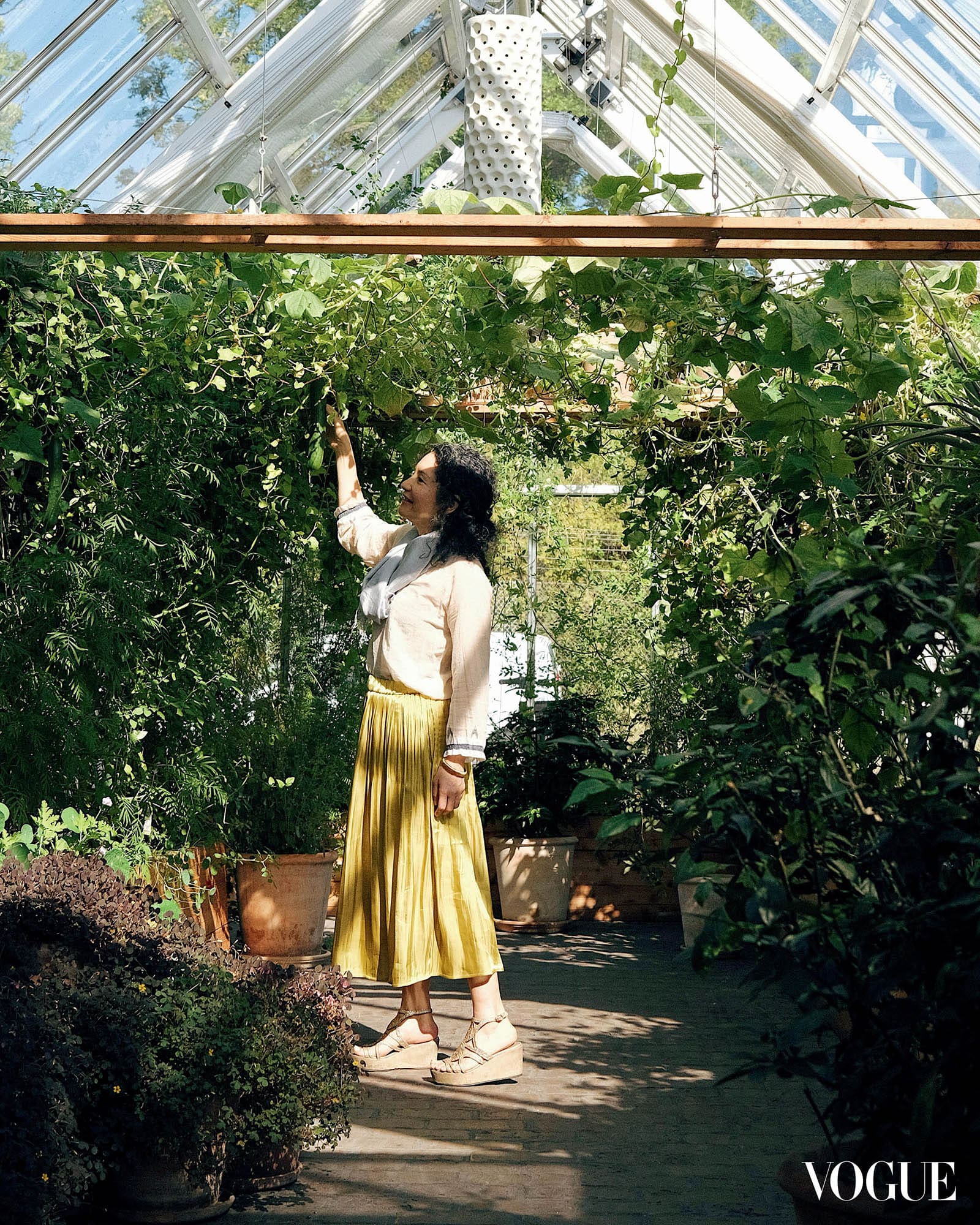
We spot the canteen that the staff run like their own restaurant, an exciting place to eat because the staff are from all over the world, and take turns cooking.
We linger in the gardens with our friend Sunshine, a chef de partie at Noma whom we met at a tasting dinner of Binhi Supperclub in Palawan. It is through her invitation that we get to be here. In the golden light of afternoon, on the benches between the greenhouses, we talk about life, food, and dreams.
Sunshine introduces us to more of the Noma crew, including Joe the gardener. What he loves most about his work is that he can be outdoors and with plants all day. We gift him and Noma with a pack of wild and edible flowers from Kai Farms, our permaculture farm in the Philippines.
As someone working on crafting a nature-based future for the Philippines, this experience in Noma has reminded me about how we can turn to nature for nourishment both in what we plant and what we forage. Wild food is free, nutritious, medicinal, and biodiverse. Perhaps most importantly, it is climate-resilient and might be one of the solutions for the food insecurity facing so many parts of the world.
Kai and I are transformed by our afternoon at Noma. Weeks after that meal, the experience feels fresh and timeless, like something we can go back to. Like a garden in summer. We carry with us the lingering memory of the drinks and dishes, imprinted forever on our palettes. How to plant and grow some of the seeds of inspiration from Noma in the Philippines—that’s now part of our mission.
